Free steam engines Image Generator
Just imagine, and we'll instantly return a variety of personalized steam engines images—designed to bring your creativity to life!
- 4:3
- 3:4
- 1:1

image.state.default
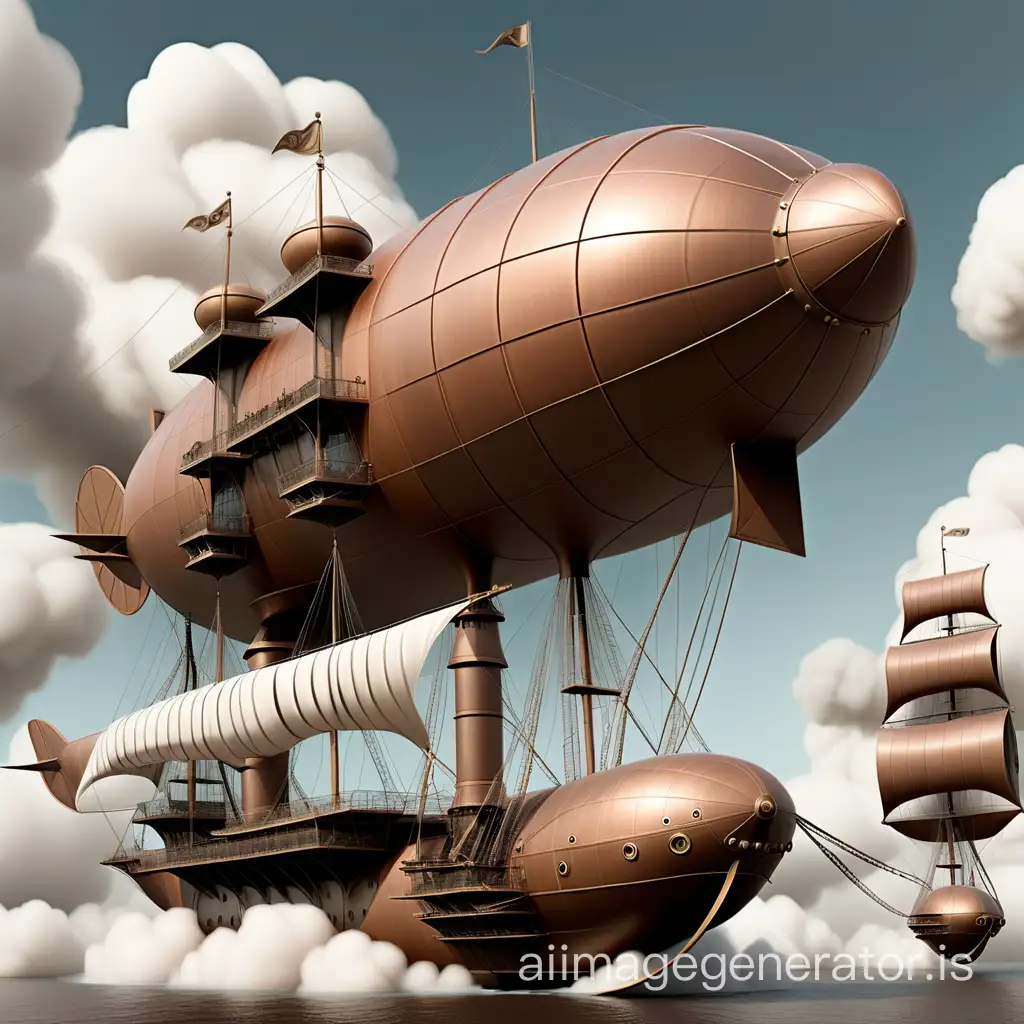
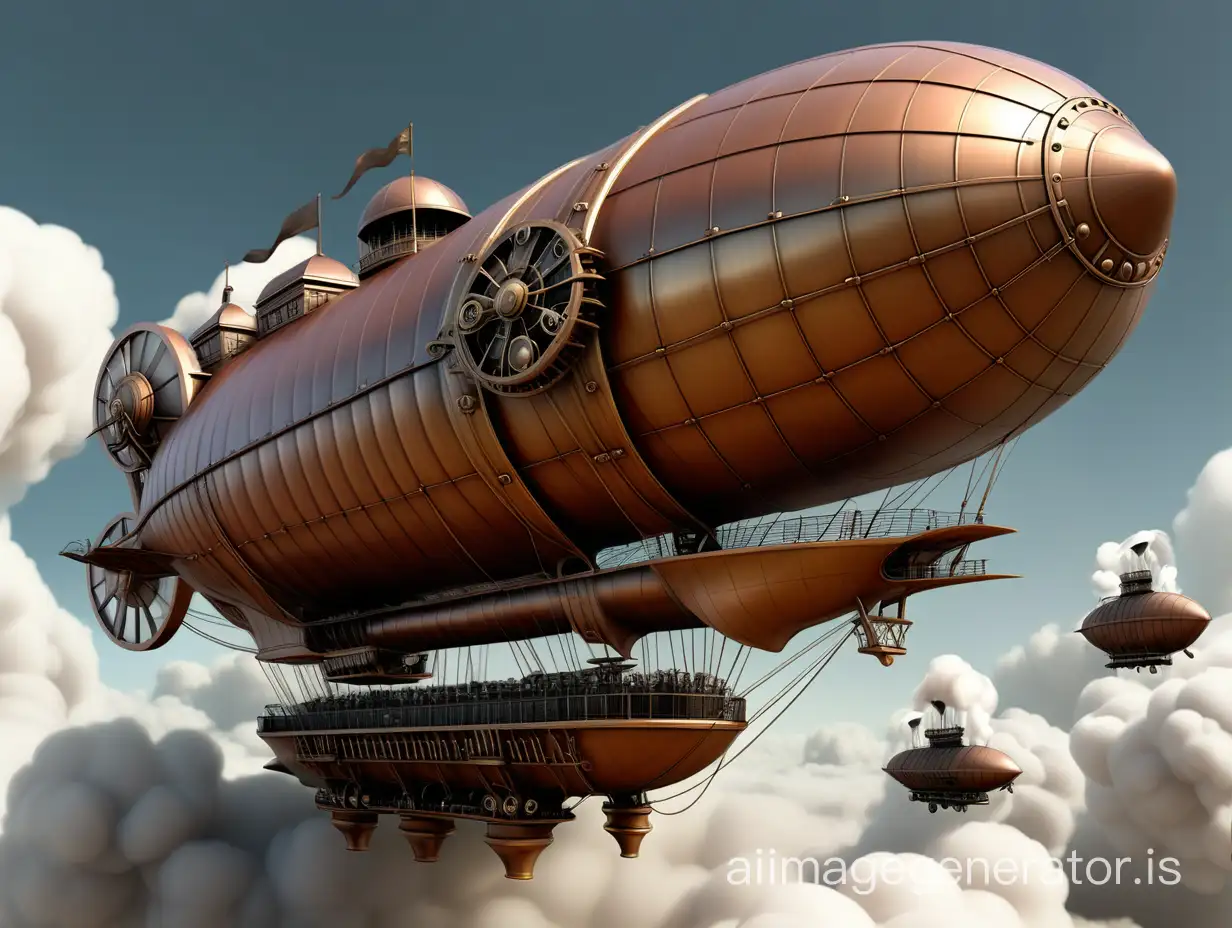
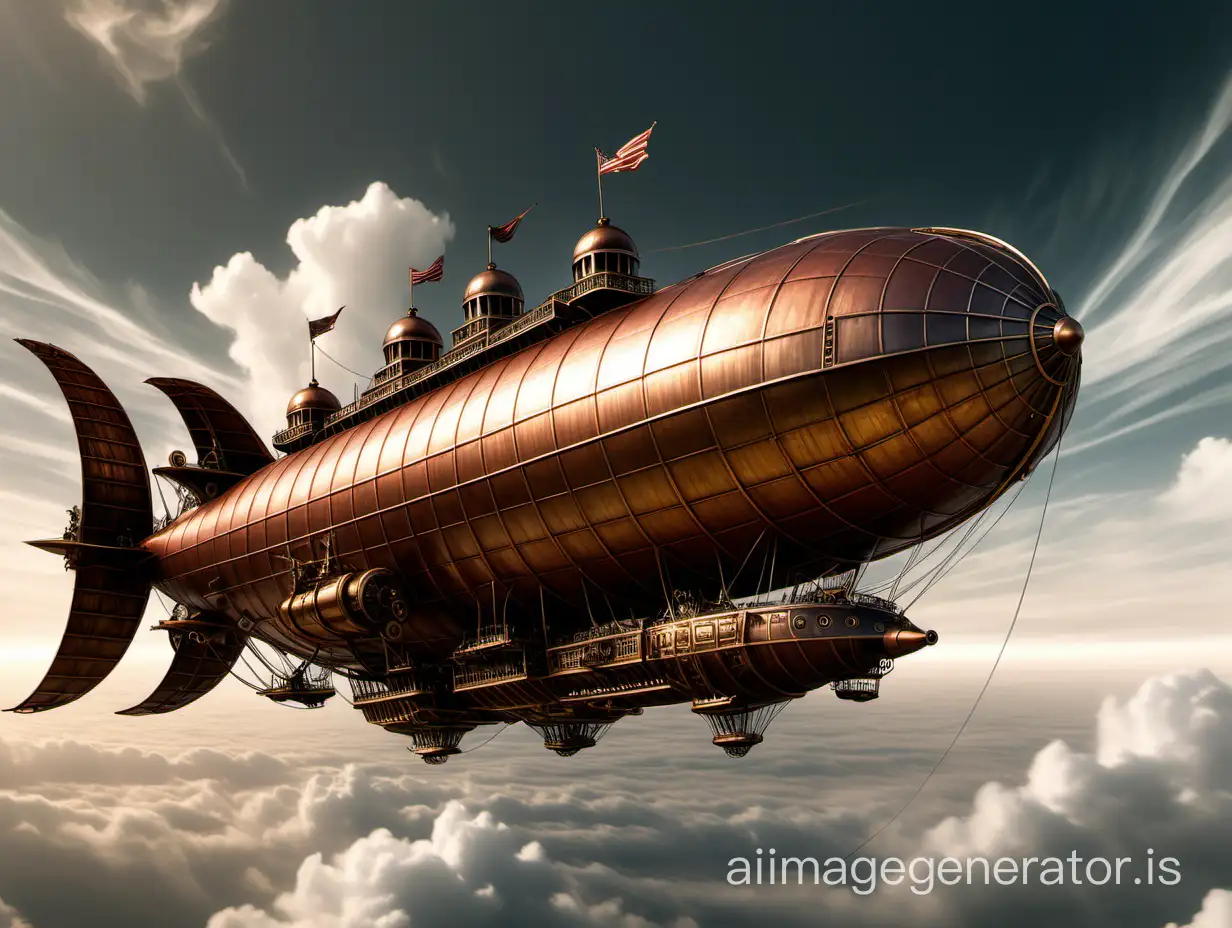
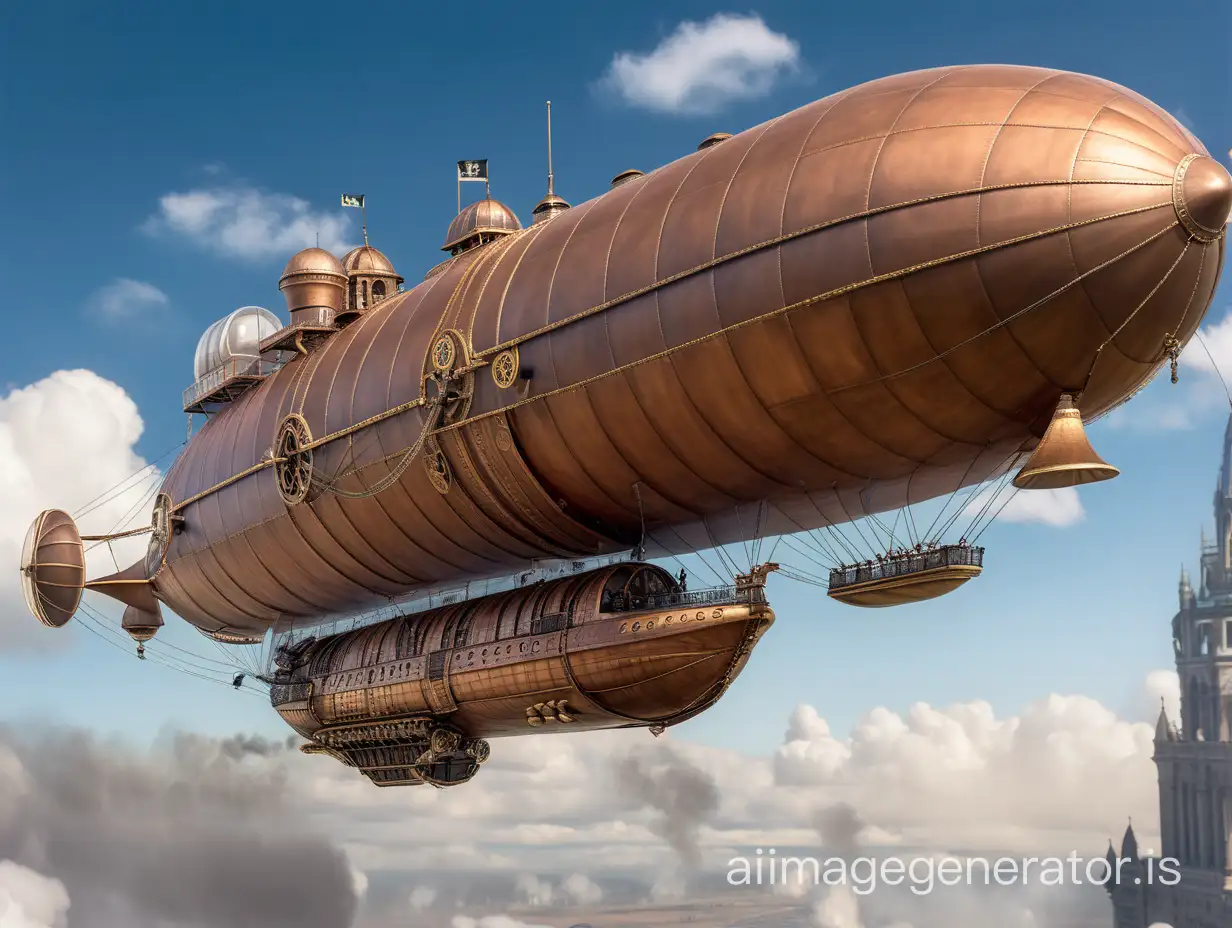
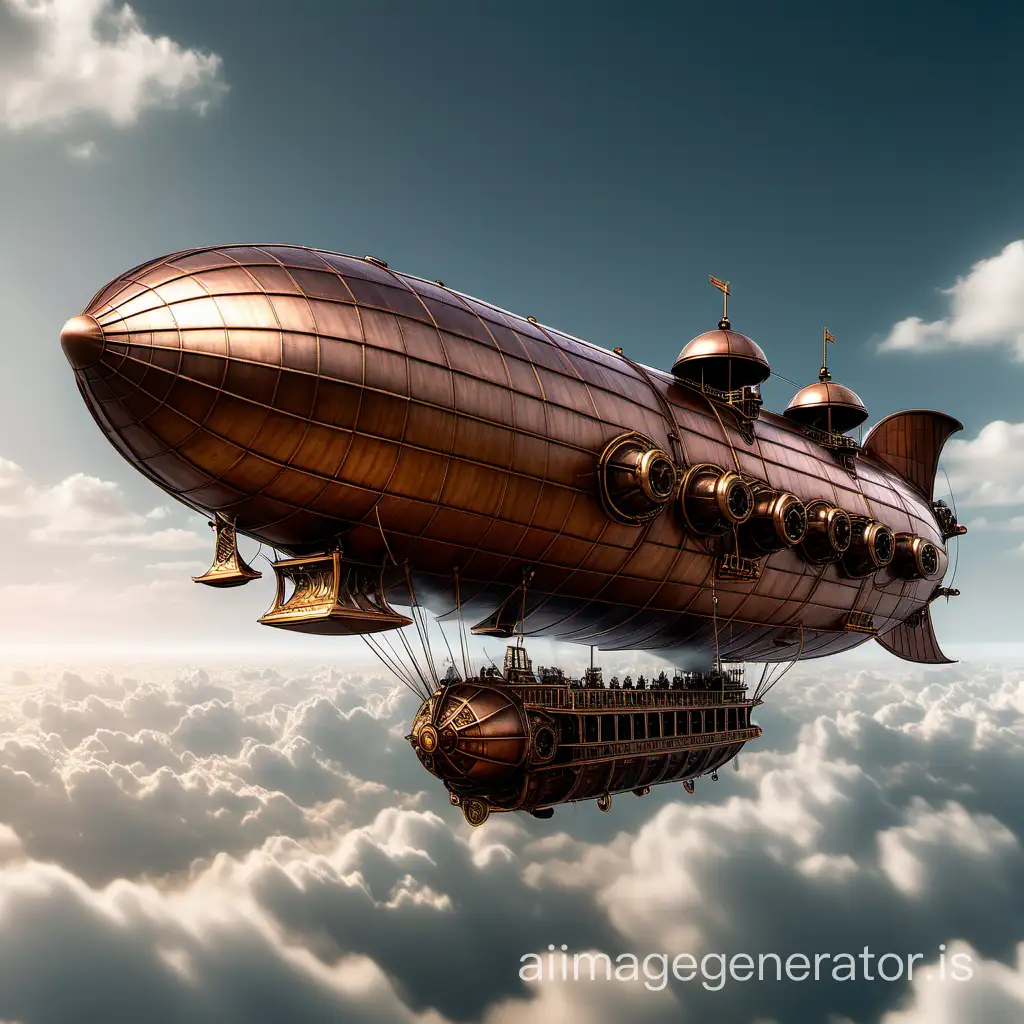
Related Tags
Steam engines, a pivotal invention of the Industrial Revolution, transformed transportation and industry. Their development began in the early 18th century, with significant contributions from inventors like Thomas Newcomen and James Watt. Newcomen's atmospheric engine was one of the first practical steam engines, used primarily for pumping water out of mines. James Watt's enhancements in the late 18th century, including the separate condenser, vastly improved efficiency and power, paving the way for steam engines to power factories, trains, and ships. This evolution continued into the 19th and early 20th centuries, leading to more advanced and specialized steam engines.
The History and Evolution of Steam Engines
Steam engines operate by converting heat energy from steam into mechanical work, typically through pistons or turbines. Their main components include a boiler to generate steam, cylinders where the steam's pressure drives mechanical movement, and a condenser to recycle the steam. These engines were used in various applications such as locomotives, ships, and industrial machinery, drastically improving efficiency and productivity. The versatility of steam engines allowed them to be adapted for numerous uses, from powering factory equipment to propelling massive steamships across oceans.
Key Characteristics and Applications of Steam Engines
Steam engines have left a lasting impact on modern culture, particularly in the realms of nostalgia and steampunk aesthetics. The image of steam-powered locomotives chugging through scenic landscapes evokes a sense of historical wonder and adventure. In literature and media, steampunk—a genre blending Victorian-era technology with futuristic elements—often features steam engines as central motifs. This cultural fascination extends to model railroading, historical reenactments, and vintage machinery exhibitions, highlighting the enduring appeal of steam-powered technology.
Influence of Steam Engines on Modern Culture
While steam engines are largely historical, modern innovations continue to explore their potential in niche applications. Advances in materials science and engineering are enabling the development of more efficient and environmentally friendly steam engines. For instance, research into cleaner and more efficient boilers could make steam power viable for certain renewable energy applications. Additionally, the principles of steam engine design are being revisited in the context of sustainable engineering, inspiring new generations of engineers to explore hybrid and alternative power systems.
Future Trends in Steam Engine Design and Innovation